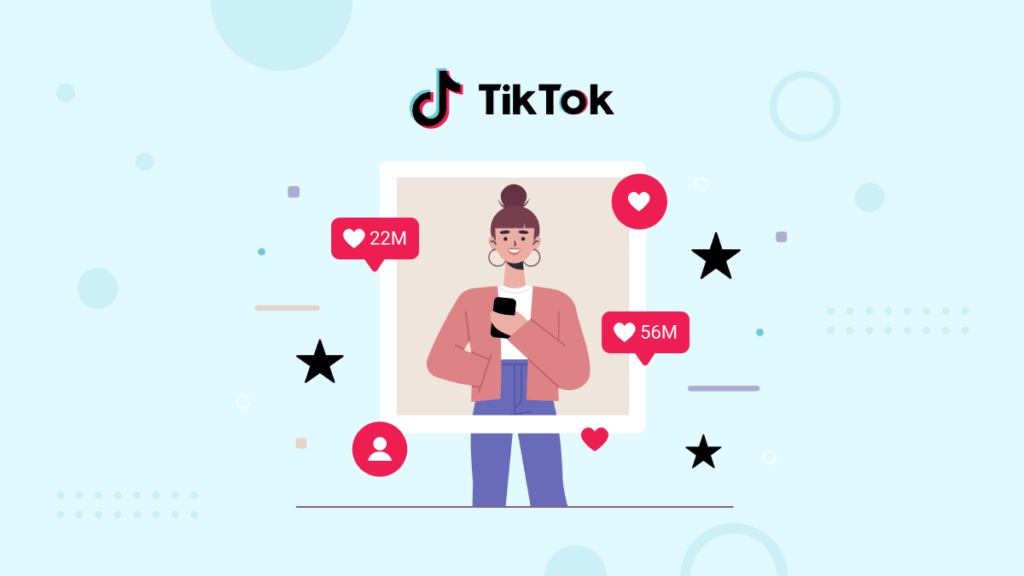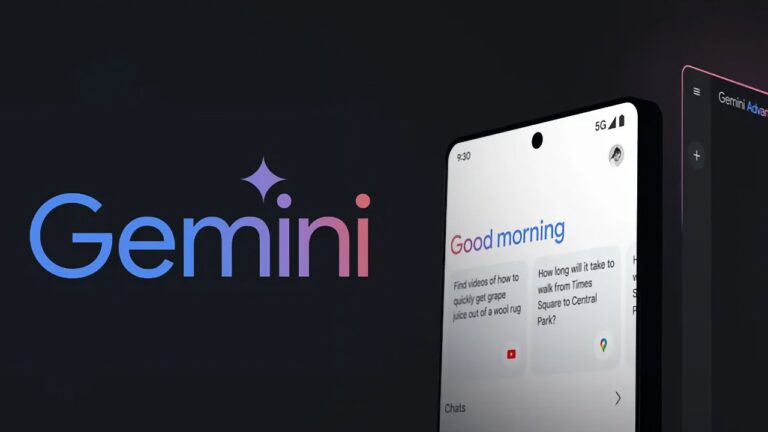
Audience
- Sentiment: Neutral
- Political Group: Mixed/All
- Age Group: Teens to Young Adults
- Gender: All
Overview
- TikTok has over 170 million users in the U.S., making it a popular platform for creative expression.
- Concerns about security and data privacy led to intense political debate regarding a potential ban on the app.
- Despite the challenges, TikTok is currently back on app stores, raising questions about user safety and data security moving forward.
TikTok: Back in the Spotlight – What You Need to Know
In case you haven’t heard, TikTok is back on the app stores for Apple and Google after a bit of drama that had everyone on the edge of their seats. You might think, “What’s the big deal? It’s just an app!” But there’s a lot more to the story than meets the eye. Let’s break it down in a way that makes it clear—and maybe even a little fun.
The TikTok Boom
First, let’s talk about why TikTok is so popular. Over 170 million Americans use the app to share short videos filled with everything from dance trends to comedy sketches. It’s like this giant video playground where everyone can express themselves creatively. For many teens, it’s not just an app; it’s a place to build friendships, showcase talents, and sometimes even go viral! But this fun platform has also caught the attention of some serious folks in the government.
The Ban That Almost Happened
So, what’s the deal with the ban? It all started when former President Donald Trump expressed concerns about TikTok’s security. Because the app is owned by a Chinese company called ByteDance, there were fears that the app could be collecting data about American users and somehow sharing it with the Chinese government. That sounds pretty scary, right? With everyone concerned about privacy today, it made sense that the government would take a closer look at it.
On the surface, these concerns made a lot of sense. After all, who wants their personal information shared without their consent? However, things got complicated when discussions about banning the app ignited a heated debate on a national level. Politicians from both sides of the aisle showed mixed reactions. Some supported the idea of a ban outright, while others were more hesitant, wanting to find a solution that would allow users to keep their favorite app without invading their privacy.
The Extension of Time
As the deadline for the ban approached—April 5, to be specific—Trump decided to grant TikTok a 75-day extension. This wasn’t just a random decision; it meant that TikTok had more time to comply with a U.S. law that mandated its sale to an American company or to find a way to ensure user safety. Trump even entertained the idea of a compromise, suggesting options like partial ownership by American companies. People like Oracle’s Larry Ellison and Elon Musk were even mentioned as possible allies who could help TikTok stick around without running into these security concerns.
It’s kind of wild to think that the fate of millions of users hung in the balance. All of this put a lot of pressure on TikTok. What if they couldn’t find a way to comply? What if the app disappeared from our phones?
The Assurance to Tech Giants
After some back-and-forth communication, TikTok was granted a reprieve. The Trump administration assured companies like Apple and Google that they wouldn’t face any consequences if they continued allowing users to download TikTok. This was vital for the app. We often think of tech giants as untouchable, but they were also caught up in this tumultuous situation—having to decide whether to keep the app in their stores or bow to the pressure of the government.
What Does This Mean for Users?
Now that TikTok is back in the app stores, what does this mean for the over 170 million users in the U.S.? It means freedom to scroll and create to your heart’s content—for now. But it also raises some important questions about security and privacy.
While we may be excited to use TikTok, it’s also essential to understand that our data might be at risk. This is a reality we face when using any online platform. It’s easy to get lost in the fun of making videos and sharing memes, but we must also think about where our information is going.
The Bigger Picture
Let’s take a step back and think about the broader implications of all this drama. TikTok’s situation is part of a much larger conversation about technology, privacy, and globalization. As we connect with people from all over the world through social media, we’re becoming part of a larger community. But there’s a flip side—how safe are we in this digital age? Will our online interactions be compromised by political tensions between countries?
It’s important to keep these questions in mind as we navigate the ever-evolving world of technology. Understanding the backstory of apps we love lets us appreciate them more and potentially hold them accountable for our safety.
Conclusion: The Future of TikTok
For now, things look promising for TikTok users. The app is back in our lives, and we can continue to dance, laugh, and connect with friends (and even people we don’t know) through our videos. But it’s essential not to take this for granted. The debate about privacy, security, and ownership isn’t over.
Will TikTok find a way to secure its position in the U.S. without sacrificing user safety? Or will it become a victim of the ongoing tensions between countries?
As you think about your experiences with TikTok, I want to hear from you! What do you think about the recent events surrounding the app? Do you feel safe sharing your content, or do you think it’s time we take a break? Share your thoughts in the comments below!






